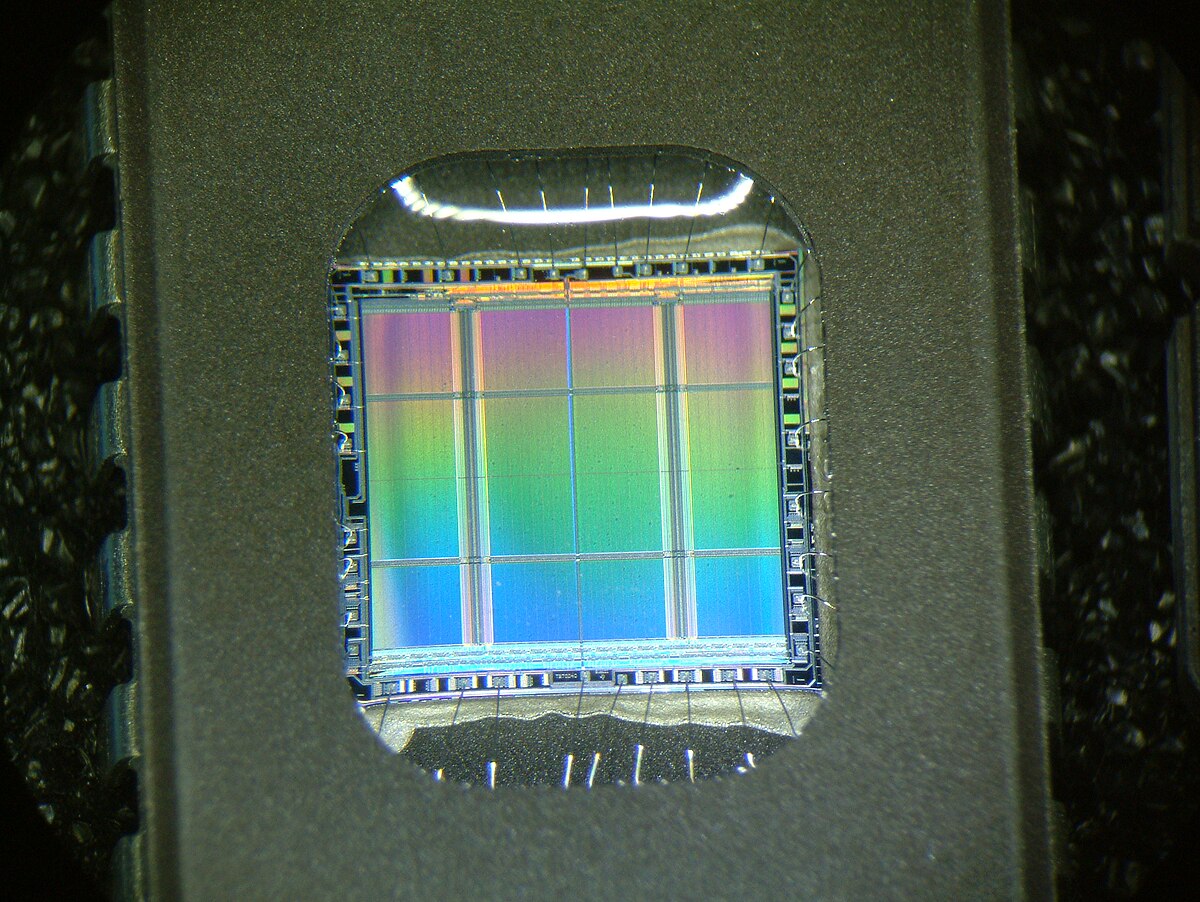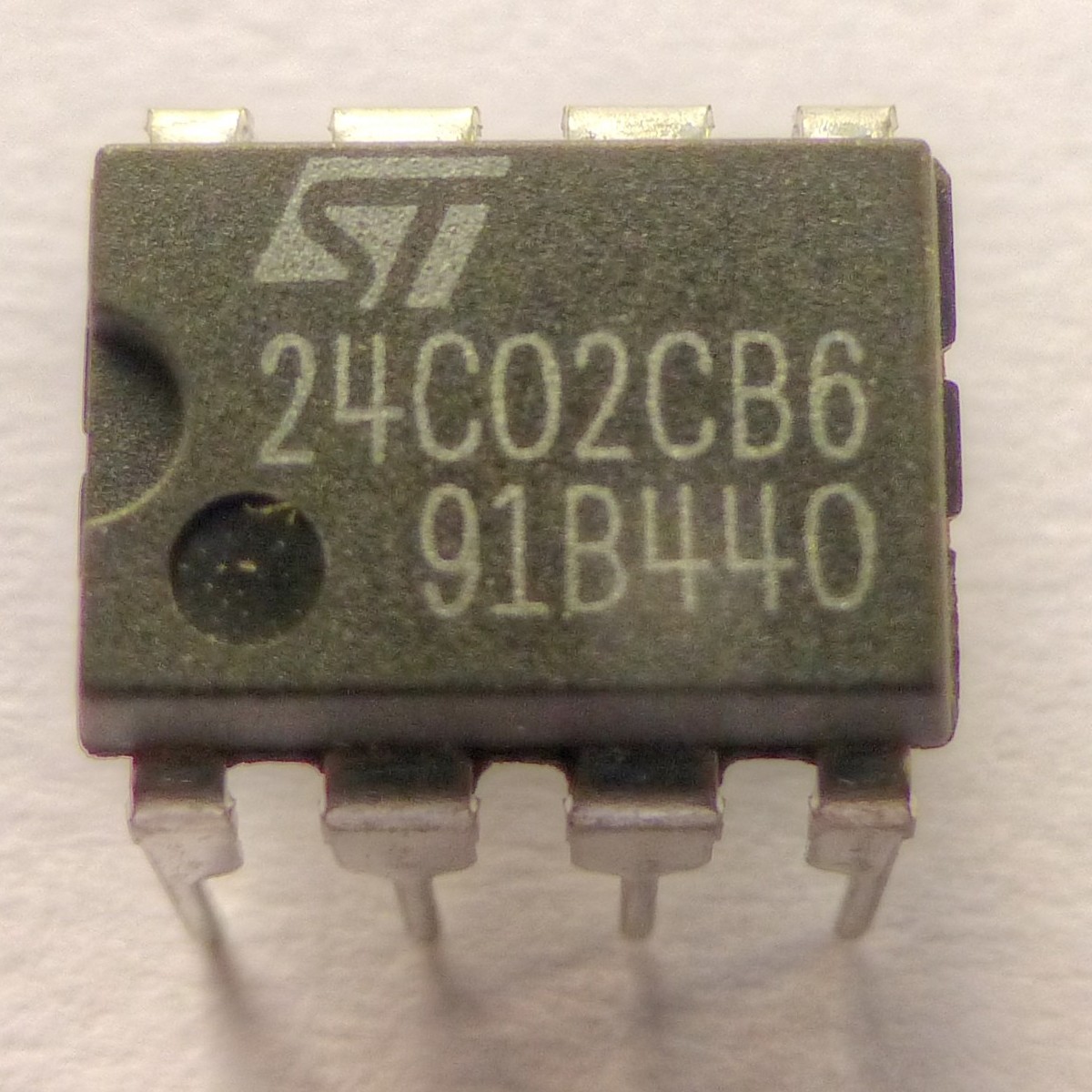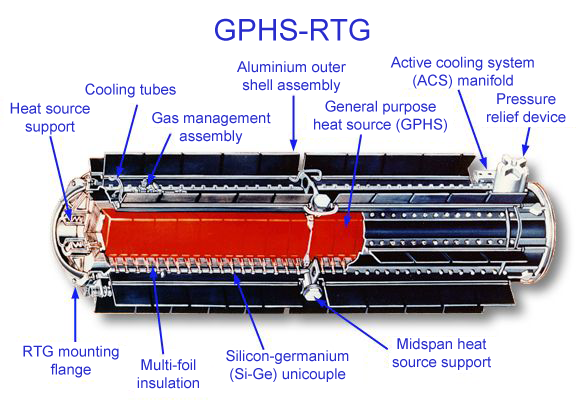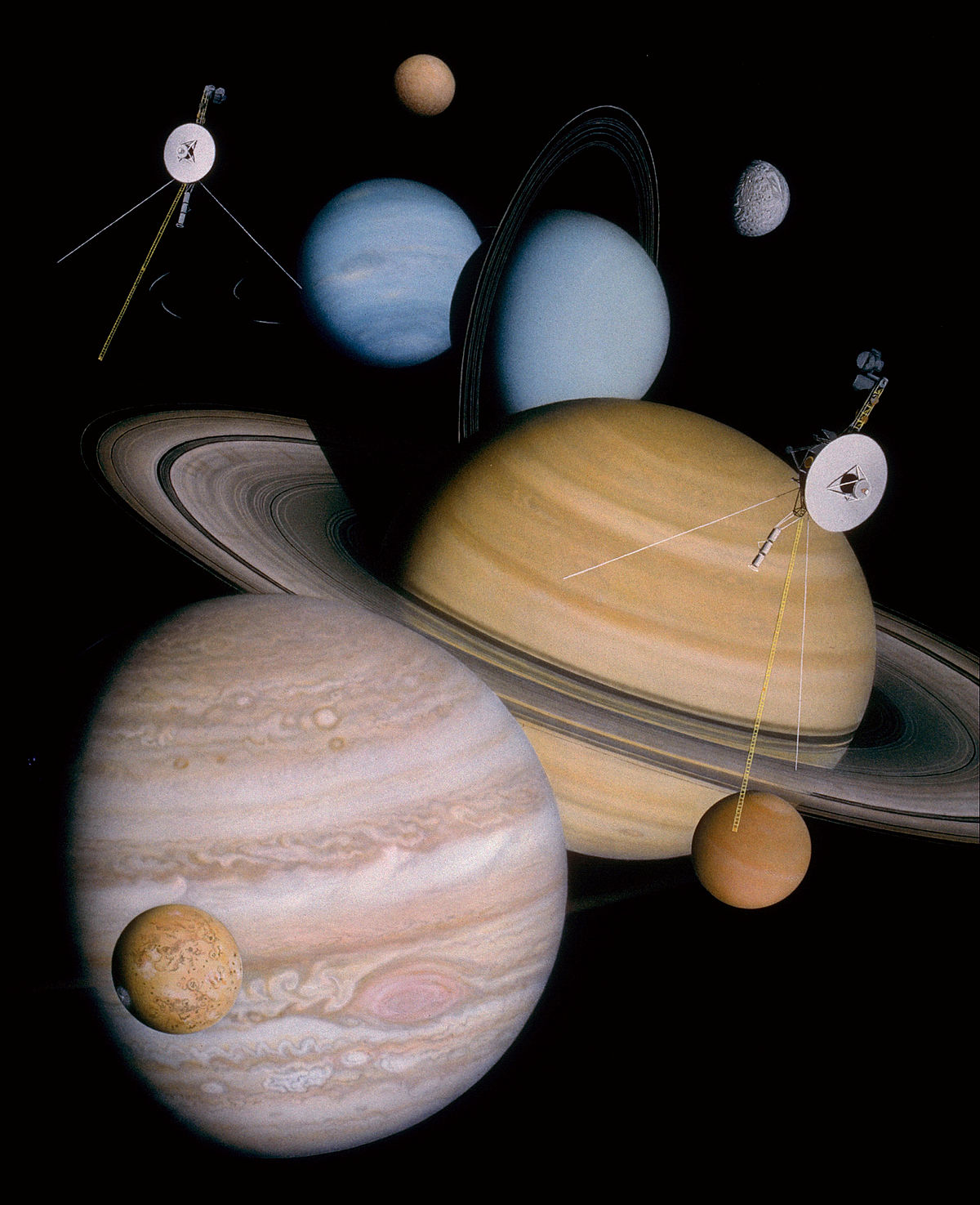lpetrich
Contributor
Half a year ago, the Voyager 1 spacecraft suffered a computer-system malfunction. Engineers Working to Resolve Issue With Voyager 1 Computer – The Sun Spot On 2023 November 14, the spacecraft's flight data system (FDS) started sending back nonsense: repetitive patterns of 0's and 1's.
Also, the Voyager 1 spacecraft is 22.5 hours away by light ray, meaning a round-trip time of nearly 2 days.
NASA Engineers Make Progress Toward Understanding Voyager 1 Issue – Voyager
On March 1 of this year, the Voyager team sent a "poke" command to their spacecraft, to try to get a readout of the spacecraft's memory. On March 3, they got something back, and they determined that it was indeed a readout.
Engineers Pinpoint Cause of Voyager 1 Issue, Are Working on Solution – Voyager
NASA’s Voyager 1 Resumes Sending Engineering Updates to Earth
The team got around that problem by moving the affected code to different places in the FDS, complete with updating references to each other.
Decades-old documents? The two Voyager spacecraft were launched in 1977, nearly half a century ago.Finding solutions to challenges the probes encounter often entails consulting original, decades-old documents written by engineers who didn’t anticipate the issues that are arising today. As a result, it takes time for the team to understand how a new command will affect the spacecraft’s operations in order to avoid unintended consequences.
Also, the Voyager 1 spacecraft is 22.5 hours away by light ray, meaning a round-trip time of nearly 2 days.
NASA Engineers Make Progress Toward Understanding Voyager 1 Issue – Voyager
On March 1 of this year, the Voyager team sent a "poke" command to their spacecraft, to try to get a readout of the spacecraft's memory. On March 3, they got something back, and they determined that it was indeed a readout.
Engineers Pinpoint Cause of Voyager 1 Issue, Are Working on Solution – Voyager
Using the readout, the team has confirmed that about 3% of the FDS memory has been corrupted, preventing the computer from carrying out normal operations.
The team suspects that a single chip responsible for storing part of the affected portion of the FDS memory isn’t working.
NASA’s Voyager 1 Resumes Sending Engineering Updates to Earth
The team got around that problem by moving the affected code to different places in the FDS, complete with updating references to each other.
The team started by singling out the code responsible for packaging the spacecraft’s engineering data. They sent it to its new location in the FDS memory on April 18. A radio signal takes about 22 ½ hours to reach Voyager 1, which is over 15 billion miles (24 billion kilometers) from Earth, and another 22 ½ hours for a signal to come back to Earth. When the mission flight team heard back from the spacecraft on April 20, they saw that the modification worked: For the first time in five months, they have been able to check the health and status of the spacecraft.
During the coming weeks, the team will relocate and adjust the other affected portions of the FDS software. These include the portions that will start returning science data.




